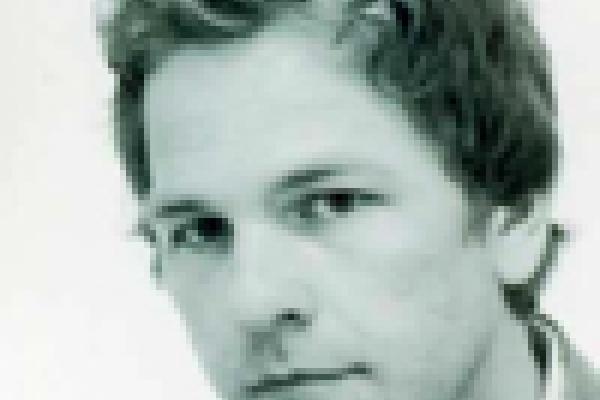Career

Career interview: Exhibition curator
Exhibition design is not a career that the mathematically inclined tend to think about, let alone pursue. Barry Phipps is the first interdisciplinary fellow with the Kettle's Yard gallery in Cambridge. His remit is to develop projects of an interdisciplinary nature — "to find the common ground between things." Whilst most people think that art and science are two completely separate
non-overlapping areas of human endeavour, Phipps does not see it this way.